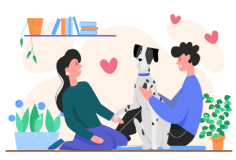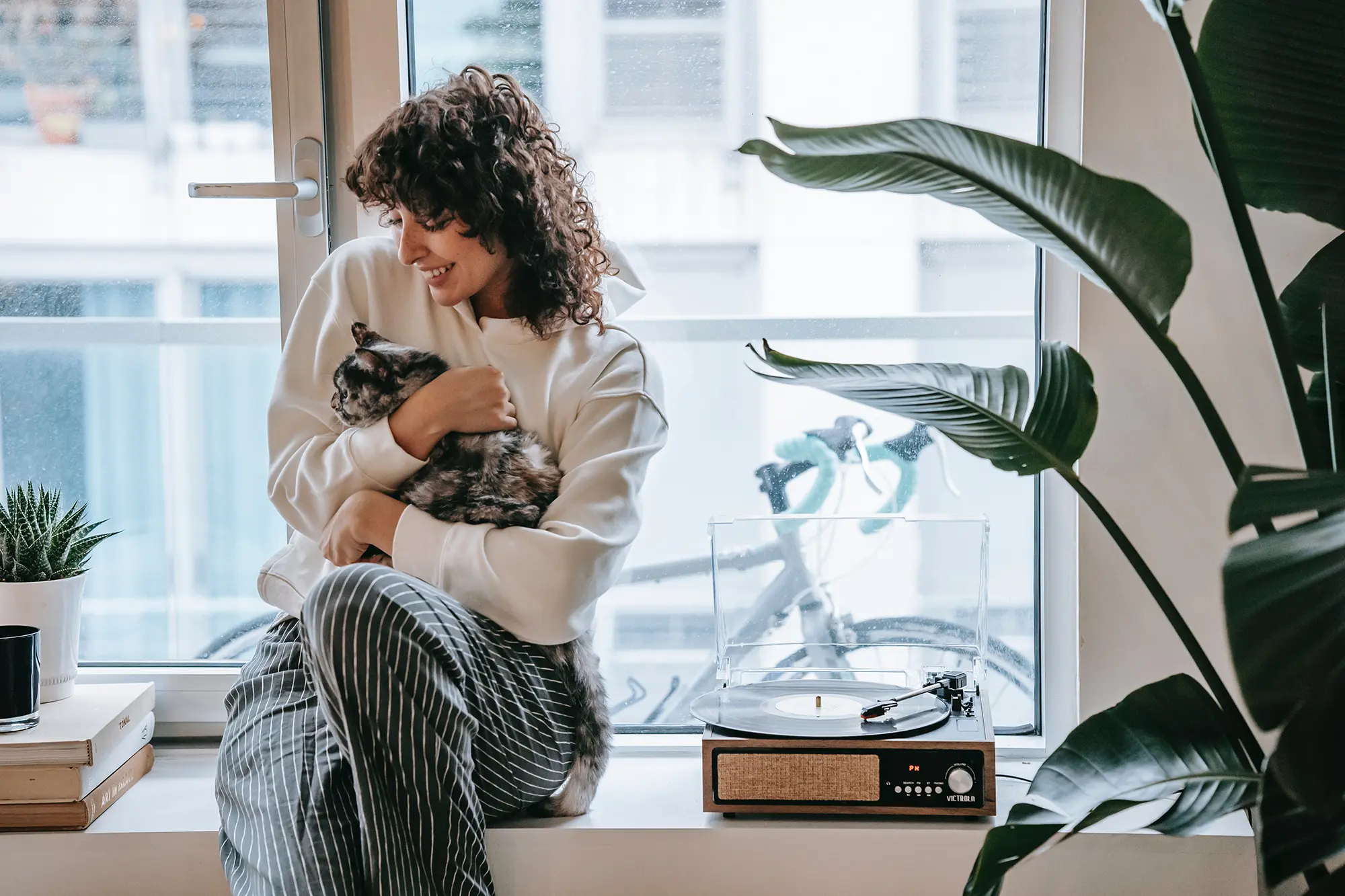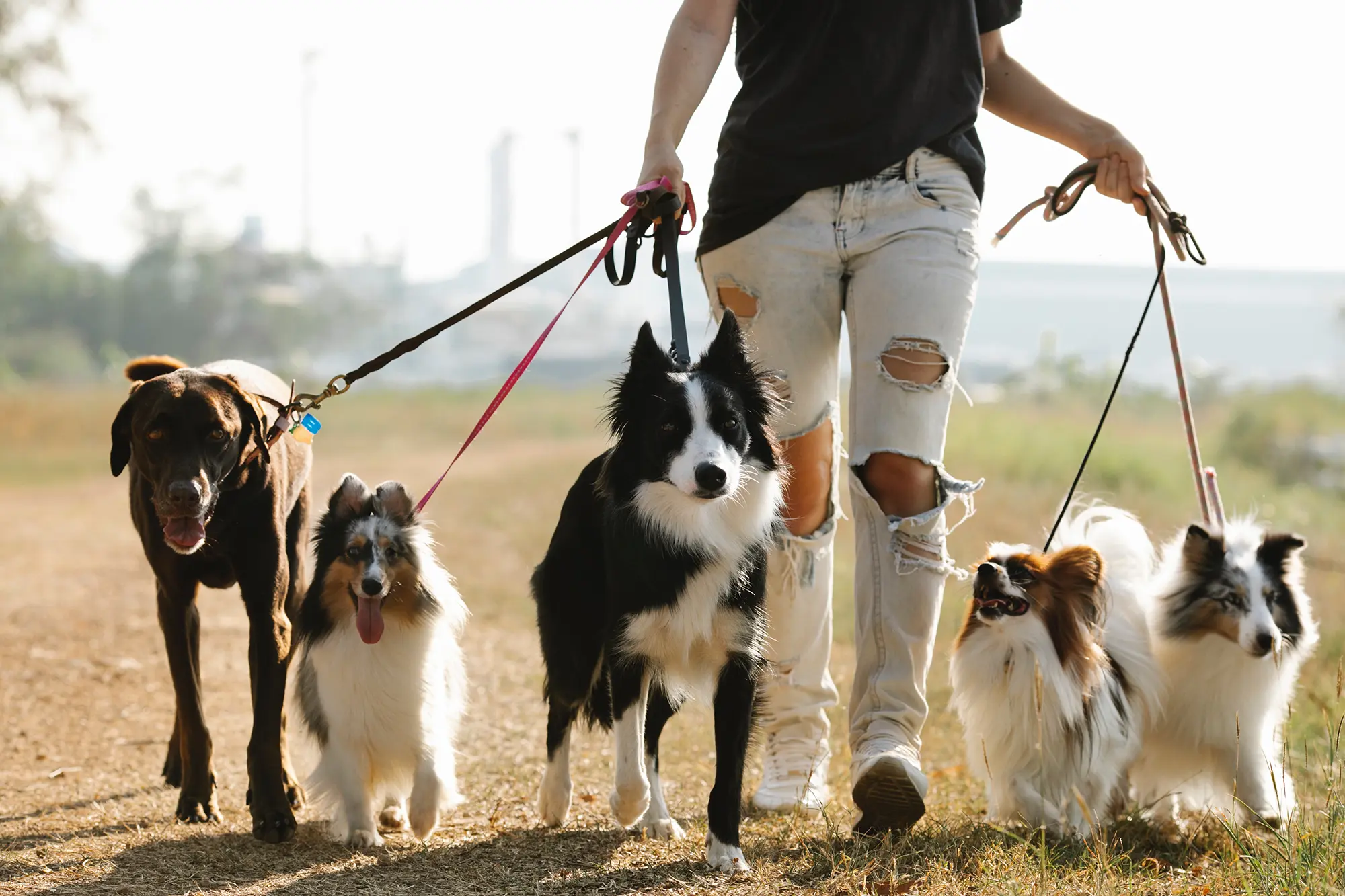how to successfully feed your two dogs
Author: PawPots Team
 05 Apr 2024
05 Apr 2024
 4 min
4 min Adding a new pup to your household means twice the fun and twice the mealtime chaos. But, fear not, dog owner! With some simple steps, you can ensure that both your furry friends enjoy their meals without any hiccups.
Individual Bowls: A Must-Have for Feeding Two Dogs
Forget the idea of one big bowl for both dogs. Get separate feeding bowls (or even a dual-dog feeder) to avoid any mix-ups. It's like having your own plate at the dinner table – sharing can lead to mess and stress! Separate dishes provide clear boundaries and help prevent sneaky food theft.
Harmony at Mealtime: Keeping the Peace Between Your Dogs
For dogs, mealtimes are serious business, which can lead to guarding their food too intensely. According to the Merck Veterinary Manual, this kind of food aggression is common and can be seen when dogs feel the need to compete for food. To avoid any arguments, feeding your dogs separately can ensure a calm and secure environment. Watching your dogs as they eat helps you ensure that each dog stays in their own bowl and gets the right amount of food. As the leader during mealtime, you can make sure everything is fair and prevent any guarding of resources. By overseeing their meals, you can step in if needed and keep everything running smoothly.
Customized Cuisine: Meeting Each Dog's Unique Needs
Just like people, dogs have different dietary needs based on their age, breed, and health status. A young, energetic puppy has different requirements than a senior dog, and a dog with health issues may need a special diet. For instance, a young Siberian Husky pup will have different nutritional needs than an older Pomeranian. A vet can help you choose the right fresh food for each of your dogs, especially if they have specific health needs. By giving each dog the food that's best for them, you're helping them stay as healthy as possible.
Mealtime Zones: Giving Your Dogs Their Own Dining Spaces
Create separate areas for your dogs to eat in peace. This could be on different sides of the room or separated by a baby gate or crate. It gives everyone their own space and helps avoid any food-related issues.
Managing the Fast Eater
If one of your dogs tends to eat quickly and then try to take the other's food, you'll need to address this behavior:
Slowing Down the Speedy Eater: The Role of Puzzle Feeders
Use feeding puzzles or special slow-feeder bowls to make mealtimes last longer. These can help slow down their eating, preventing them from gobbling up their food too quickly and feeling sick later. It's like a fun challenge that keeps them busy and stops them from focusing on their sibling's food.
Tasty Distractions
Think about taking the fast eater for a walk or doing another activity while the other dog eats calmly. This way, neither dog feels anxious nor left out. A quick distraction keeps the fast eater busy and stops them from bothering their sibling during mealtime.
A Joyful Mealtime for Your Dogs
By following these tips and keeping a regular routine, feeding two dogs at the same time becomes easier and more enjoyable for everyone. Not only does this help both dogs stay healthy by making sure they get the right food and portion sizes, but it also strengthens the bond between them by reducing competition and stress at mealtimes.
Remember, feeding time doesn't have to be a struggle. With some planning and patience, you can make sure both of your dogs are well-fed and happy, making mealtime a happy time for the whole family.

Give Back The Love
Show your love to your pets with our high-quality, delicious and healthy meals! Show your love to your pets with our high-
quality, delicious and
healthy meals!






